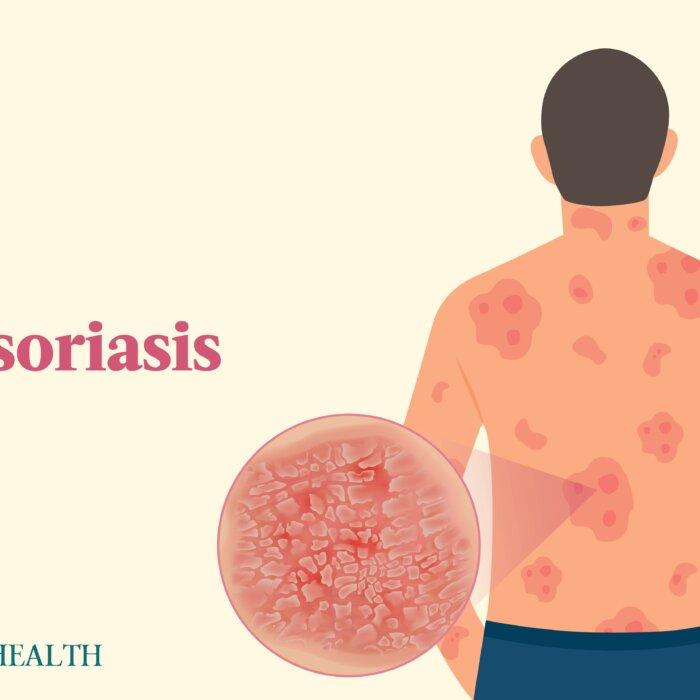Researchers have found too much exposure to blue light from LED could be causing “a health span time bomb,” after a study revealed the benefits of red light for human health, particularly on blood sugar levels.
According to a study at the University of London, red light exposure can help reduce glucose in the blood, suggesting it could be one way to tackle the growing problem of diabetes in the population.
The experts claim their findings indicate the potential for blood sugar levels to be disrupted by lengthy exposure to LED, as this emits toward the blue end of the light spectrum with very little red.
The scientists suggest blue light on its own can drive disrupted blood sugars that may, in the long run, contribute to diabetes and undermine health spans, although this could be counteracted by sufficient exposure to sunlight, which contains the optimum balance of red and blue light.
A specific frequency of red light was shone on people’s backs for 15 minutes, leading to a 27.7 percent reduction in blood sugar levels in healthy subjects, with a reduction of 7.5 percent on peak levels.
The study was carried out on 30 healthy people, but researchers say that red light therapy can potentially control the spiking insulin levels experienced after meals in those with diabetes.
Lead author of the study, Dr. Michael Powner, senior lecturer in neurobiology at City, University of London, said it was clear the red light affected the functioning of mitochondria—known as the “powerhouse” of cells—and that this “impacts our bodies at a cellular and physiological level.”
“Our study has shown that we can use a single, 15-minute exposure to red light to reduce blood sugar levels after eating.
Pre-1990 Incandescent Lighting Had More Natural Balance
Professor Glen Jeffery, professor of Neuroscience in the UCL Institute of Ophthalmology, said: “Sunlight has a balance between red and blue, but we now live in a world where blue light is dominant because although we do not see it, LED lights are dominant in blue and have almost no red in them.“Long-term exposure to blue light is potentially toxic without red. Blue light on its own impacts badly on physiology and can drive disrupted blood sugars that may in the long run contribute to diabetes and undermine health spans.”
He said that prior to around 1990, we used mainly incandescent lighting, “which was OK because it had the balance of blue and red similar to sunlight, but there is a potential health span time bomb in the change to LEDs in an ageing population.
LEDs Are Cheaper And Sold As The ‘Greener’ Choice
Businesses and households in the UK have switched mainly to LED over incandescent lightbulbs because they are more energy-efficient and said to be at least 75 percent cheaper.The scientists found that a frequency of 670 nanometers (nm) of red light stimulated energy production within mitochondria, leading to increased consumption of glucose.
In previous animal studies, 670 nm of light shone selectively onto the backs of mice showed improvement of a molecule called adenosine triphosphate (ATP), which can improve symptoms in Parkinson’s disease and diabetic retinopathy—loss of vision in people with diabetes.
Previous research established that long wavelength light between approximately 650—900 nm can increase production of ATP which reduces blood glucose and also improves both health and lifespan in animals.
Keith Frayn, emeritus professor of human metabolism at Oxford University, said, “If confirmed later in people with diabetes, this could be the foundation of a useful intervention.”
He added that the “intriguing findings” should be regarded as quite preliminary and that more investigation would be needed.
“Importantly, we need to know whether this is an actual metabolic effect, or whether, for instance, the warming effect of the red light exposure alters patterns of blood flow, potentially altering the nature of the blood sampled by pricking a finger.
“We also need more information on what happens to the glucose that doesn’t appear in the blood.”







